Discover unparalleled precision in acoustic modelling and UWRN estimation with our specialised services. We provide comprehensive assessments of noise generation and propagation for ships and submarines, focusing on structureborne noise, airborne noise, and propeller-generated noise. Our expertise ensures optimised designs, enhanced stealth, and improved operational efficiency, tailored to meet the exacting demands of marine and defence applications.
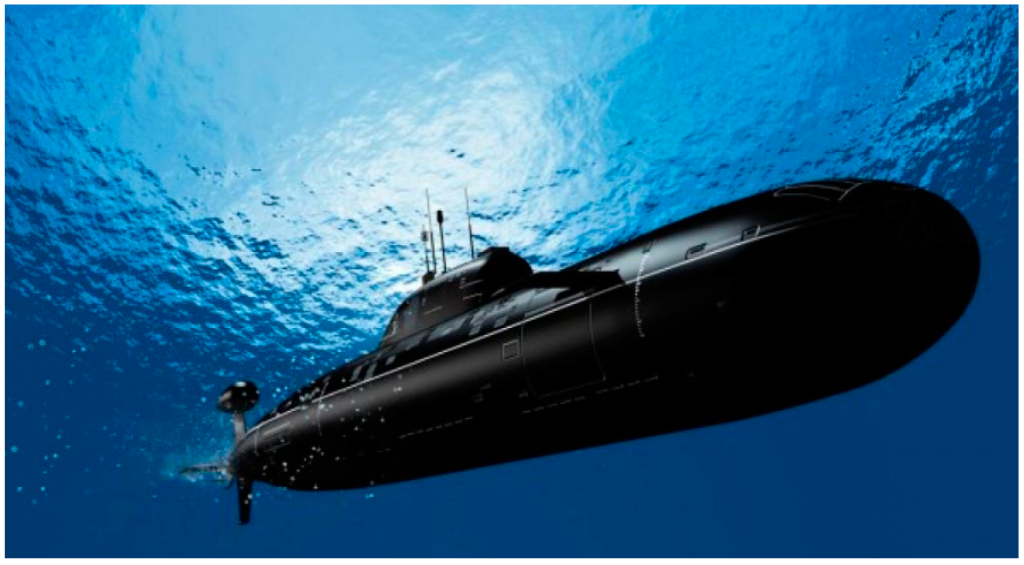
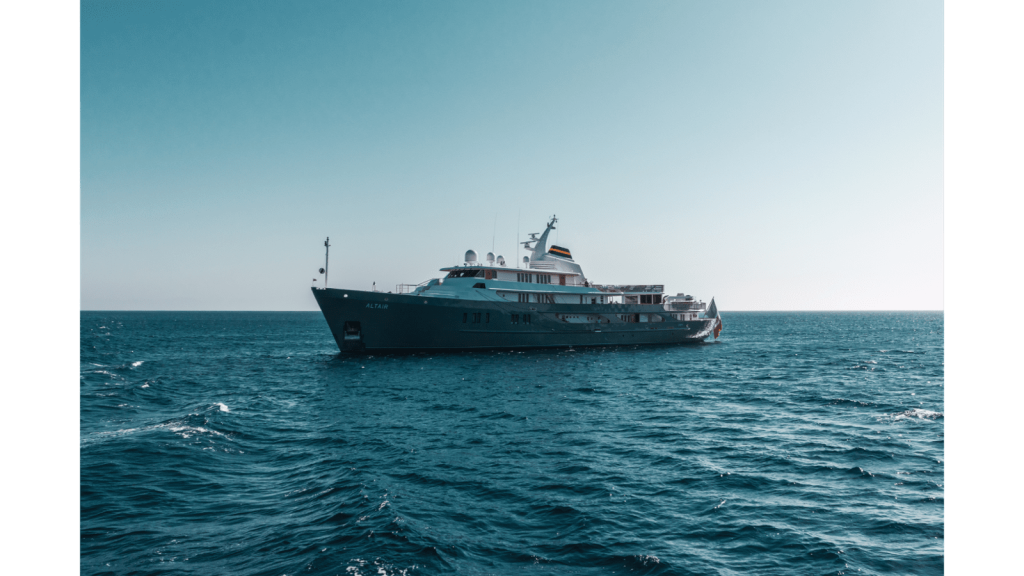
Ensuring a safe and durable onboard environment is essential for the performance and longevity of naval platforms. At Oravont Systems LLP, we provide precise solutions to minimize shock, noise, and vibration, enhancing the resilience and efficiency of critical equipment and systems.
Accurate estimation of acoustic interference is critical for optimising the performance of sonar systems in ships and submarines. Our expert consultancy services focus on identifying, analysing, and mitigating noise sources that impact the operational efficiency of passive and active sonar systems.

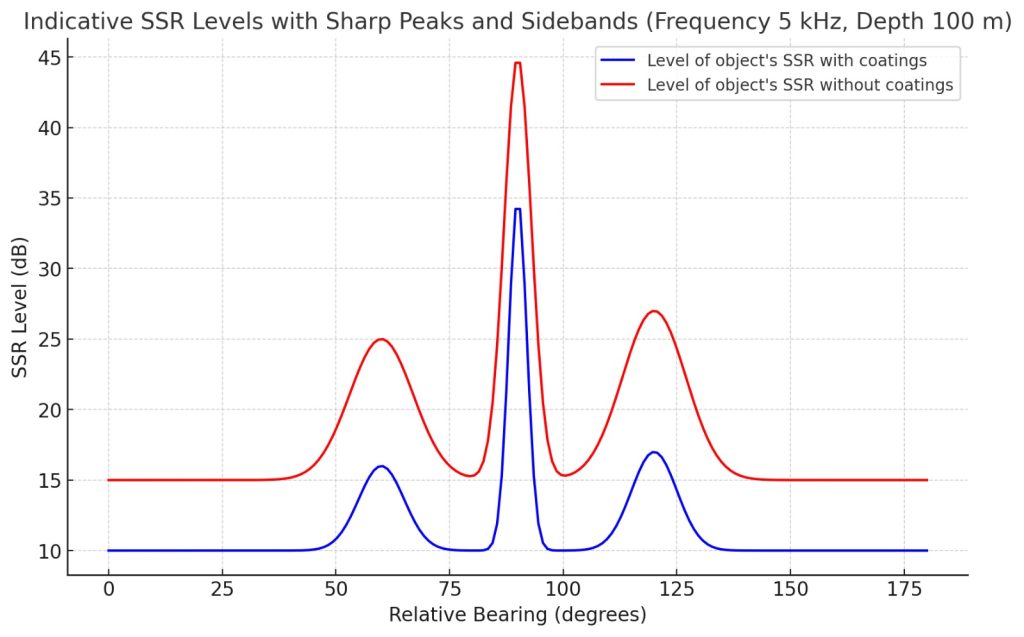
Accurate estimation of SONAR signal reflection is critical in acoustic stealth design for naval vessels. This service provides detailed hydro-acoustic reflection analysis to evaluate and reduce a ship or submarine’s detectability by active SONAR. Using advanced analytical and computational methods, we assess reflection characteristics to optimize stealth performance.
Enhance crew comfort and operational efficiency with our Airborne Noise (ABN) estimation services, powered by specialised state-of-the-art software. Designed to provide precise airborne noise analysis during the design phase, our service ensures compliance with staff requirements (SRs) and optimises acoustic environments in ship and submarine compartments.
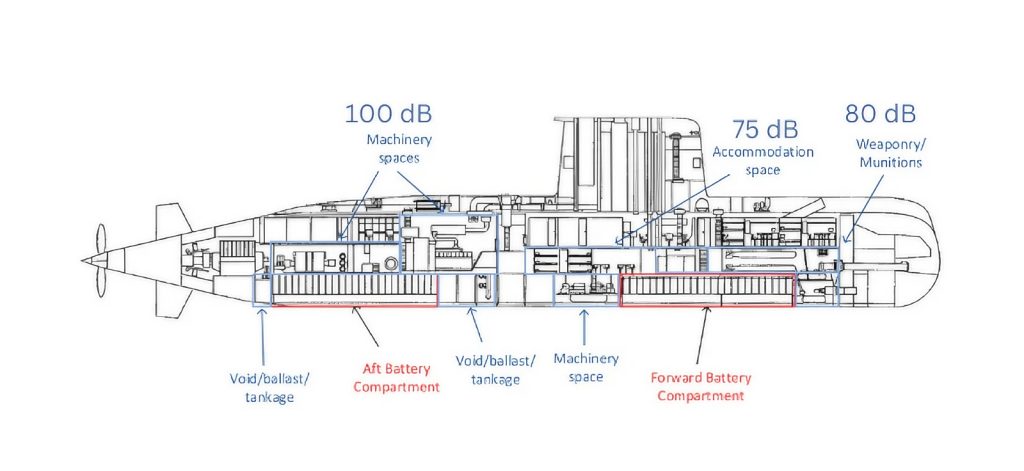
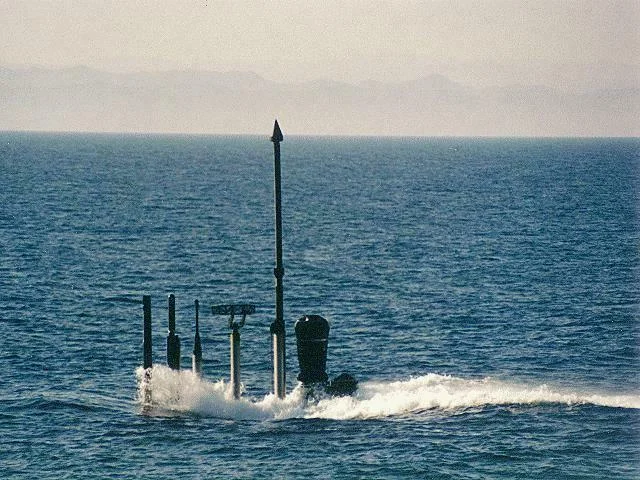
Specialized engineering solutions for submarine mast design and vibration control, ensuring structural integrity, sensor precision, and operational stealth. Using advanced computational analysis, we optimize mast configurations to mitigate excessive vibrations, enhance stability, and improve overall system performance. Our approach incorporates hydrodynamic forces, the added mass effect, and vortex shedding phenomena to achieve highly accurate vibration control and structural optimization.
Submarine masts support periscopes, sensors, antennas, and electronic warfare systems, all of which require a stable, low-vibration environment for optimal functionality. Excessive vibrations can lead to:
Sensor Performance Degradation: Vibrations interfere with the accuracy of optical and electronic devices, affecting navigation, surveillance, and communication.
Increased Acoustic Signature: Uncontrolled mast vibrations can generate unwanted noise, reducing the submarine’s stealth capabilities.
Structural Fatigue & Failure Risks: Continuous exposure to hydrodynamic forces, added mass effects, and vortex shedding can lead to material fatigue, cracks, or even component failure over time.
Unstable Mast Deployment & Retraction: Poorly controlled mast vibrations may cause mechanical issues, affecting reliability in operational conditions.
Our Submarine Mast Vibration Control & Design Optimization service analyzes, predicts, and mitigates these issues by using advanced computational simulations, structural enhancements, and damping solutions, ensuring optimal performance, stealth, and durability.
SONAR detection relies on the reflection of acoustic waves from underwater objects. By accurately estimating a vessel’s SONAR reflection characteristics, platform designers can optimize hull design, apply effective hydro-acoustic protection, and reduce the likelihood of detection by enemy SONAR systems. This service provides detailed analysis and recommendations to enhance stealth performance for submarines and surface ships.
The five key components of acoustic interference are:
Noise: Underwater noise radiated from the hull.
Vibration: Structural vibrations from onboard machinery.
Hydrodynamic Turbulence: Pressure fluctuations from water flow around the hull.
Airborne Noise: Sound transmission from machinery through the air into sonar-sensitive areas.
Structural Noise: Vibrations transmitted through the ship’s hull to the sonar system.
Airborne Noise (ABN) estimation is crucial in the design phase of ships and submarines to ensure compliance with staff requirements (SRs) related to crew comfort and operational efficiency. Excessive noise in compartments, such as resting quarters and watchkeeping stations, can lead to fatigue, reduced concentration, and long-term health issues for crew members. Our ABN estimation service, powered by specialised state-of-the-art software, provides detailed noise distribution insights by evaluating noise contributions from machinery, ventilation systems, and structural elements across octave frequency bands (31 Hz to 8 kHz). This allows naval architects and engineers to make informed design modifications, optimise acoustic performance, and create a quieter, more comfortable onboard environment for the crew.
Underwater Radiated Noise (UWRN) is a critical factor in naval and commercial vessel design, particularly for submarines and stealth-oriented ships. Excessive noise can compromise stealth, making vessels more detectable by sonar systems, and can also impact marine ecosystems. Our UWRN estimation service, powered by specialised state-of-the-art software, provides a comprehensive analysis of noise sources, including structureborne noise from vibro-active equipment, airborne noise within compartments, and propeller-induced noise (both inherent and interaction-induced). By accurately modelling these factors during the design phase, we help naval architects and engineers optimise noise control measures, enhance stealth capabilities, and ensure compliance with stringent acoustic performance standards.
Oravont Systems LLP – Innovating Maritime Engineering Solutions for a Safer Tomorrow. Trusted expertise in Acoustic Stealth and Performance Optimization.
Oravont Systems LLP – Innovating Maritime Engineering Solutions for a Safer Tomorrow. Trusted expertise in Acoustic Stealth and Performance Optimization.